In the bustling kitchens of restaurants, food processing plants, and commercial dining facilities across the United States, cooking oil is an essential yet often overlooked ingredient. From deep fryers to large-scale food production, managing oil levels, quality, and disposal is a logistical challenge. With rising costs, stringent environmental regulations, and safety concerns, facilities are searching for smarter, more efficient solutions. Enter the Internet of Things (IoT), a technology poised to revolutionize cooking oil management through real-time monitoring, automation, and predictive analytics.
The Growing Challenges in Cooking Oil Management
Managing cooking oil presents several pain points for businesses. Price fluctuations due to supply chain disruptions put a financial strain on restaurant owners and manufacturers. Proper storage and disposal of used cooking oil (UCO) are crucial, as non-compliance with health and safety regulations can lead to hefty fines. Theft of UCO, now a valuable commodity for biofuel production, is on the rise. Furthermore, improper disposal of oil—often poured down drains—clogs sewage systems and contributes to environmental hazards.
Another major challenge is oil degradation. Facilities frequently struggle to maintain the right oil quality, which affects food taste, customer satisfaction, and safety. Many businesses rely on manual checks to monitor oil levels, leading to inefficiencies, human error, and unnecessary waste.
IoT: A Game-Changer in Cooking Oil Management
IoT-powered sensors and smart monitoring systems provide a much-needed solution to these challenges. By integrating real-time data collection with automation, businesses can streamline oil usage, minimize waste, and ensure compliance with safety regulations. Here’s how:
- Real-Time Monitoring: IoT sensors track oil levels, temperature, and quality, providing instant updates to kitchen managers and food production teams.
- Automated Reordering: Smart systems can trigger orders when oil levels drop, ensuring facilities never run out and reducing reliance on last-minute purchases.
- Predictive Maintenance: IoT devices detect irregularities, such as temperature fluctuations or potential leaks, allowing proactive maintenance to prevent costly damages.
- Improved Safety: Sensors can alert staff to fire hazards, contamination risks, or improper storage conditions, enhancing workplace safety.
- Cost Efficiency: By analyzing consumption patterns, businesses can optimize oil usage, reduce waste, and cut down on unnecessary purchases.
- Regulatory Compliance: Automated tracking systems ensure businesses meet health and environmental regulations, avoiding penalties and legal issues.
Sustainability and Environmental Impact
One of the most pressing concerns in the food industry is sustainability. IoT solutions support environmentally friendly practices by promoting efficient oil usage and proper recycling. Smart systems help facilities track UCO collection and disposal, ensuring that used oil is directed toward biodiesel production rather than being illegally dumped or wasted. By reducing waste and optimizing consumption, IoT technology plays a key role in making the food industry more sustainable.
The Future of IoT in Food Industry Operations
As IoT technology advances, its applications in the food service and manufacturing sectors will continue to expand. The integration of AI-driven analytics can further enhance efficiency by predicting consumption trends and adjusting inventory accordingly. With real-time data access, businesses can make informed decisions that boost profitability and sustainability.
For restaurants, food processing plants, and large-scale kitchens, adopting IoT-based cooking oil management is no longer just an option—it’s a necessity. Those who embrace this technology will not only improve operations and reduce costs but also contribute to a more sustainable and responsible industry.
As the food sector continues to evolve, IoT is proving to be the ultimate ingredient for smarter, safer, and more efficient cooking oil management.















